Pink Garlic: [Growing, Irrigation, Care, Pests and Diseases]
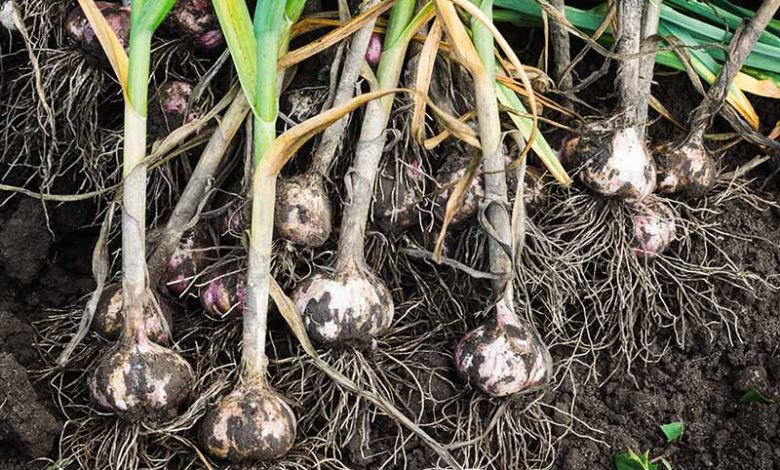
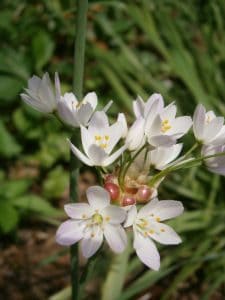 Pink garlic is an ornamental plant native to the Mediterranean region which extends through North Africa, through the region of Palestine and Turkey.
Pink garlic is an ornamental plant native to the Mediterranean region which extends through North Africa, through the region of Palestine and Turkey.
It is easy to care for and adapts to almost any environment. Like garlic plants, pink garlic produces a spherical cluster of showy star-shaped flowers.
Although they are generally used to decorate the garden, pink garlic can be consumed as a wild vegetable, a condiment, a natural remedy for stomach aches, colds, headaches, among other ailments.
Pink garlic is a highly valued plant for the beauty of its flowering in spring and for its resistance to cold, drought and even rodents.
Its strong odor is due to substances that release a very small and volatile component. However, it has a strong enough fragrance to keep squirrels away from the garden.
Important points when sowing pink garlic:
- Scientific name: Allium roseum.
- Common name: Pink garlic, witch’s garlic, snake garlic, dog garlic, pink garlic, wild garlic, leek, chives, giant allium, giant flower garlic, giant garlic.
- Height: from 30 to 60 centimeters.
- Light requirement: direct sun exposure.
- Temperature: temperate and cold climates.
- Irrigation: Regular.
- Fertilizer: After sowing with organic matter.
Characteristics of pink garlic
Allium roseum is a bulbous perennial plant of the Liliaceae family. It produces between 2 and 7 leaves of 12 to 35 cm in length. At the top of its stem an umbel forms, a type of open and racemose inflorescence almost 7 cm long from which several cup-shaped flowers sprout.
The white and pink flowers bloom in late spring or early summer. They are supported by long peduncles which are replaced by bulbils of reddish tones, the same ones that can prevent the growth of the fruits.

The fruit of pink garlic is made up of a capsule of 3 cells that house 2 black seeds each. Unlike the different species of garlic, the bulb is filled with small white bulblets or shoots, similar to teeth, which allow more bushes of pink garlic to appear.
When to plant pink garlic?
Seeds and bulbs should be sown from mid-September to mid-December, when they are dormant and the temperature drops below 10°C, but not below 0°C.
They should be planted before the ground freezes, while their roots form and they grow large enough to produce their first flowers in late spring or early summer.
Where to plant pink garlic?
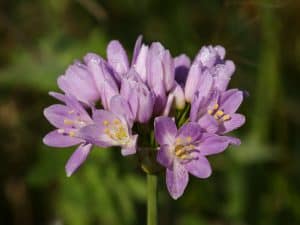 Pink garlic reproduces in grasslands, thickets, crop fields, roadsides, as it adapts to almost any type of soil, whether it has an acidic, alkaline or neutral pH.
Pink garlic reproduces in grasslands, thickets, crop fields, roadsides, as it adapts to almost any type of soil, whether it has an acidic, alkaline or neutral pH.
They can be grown in patio pots or sunny locations, taking care to locate them in areas where water does not stagnate after a severe rain, or on surfaces where there is poor drainage.
How to prepare the land?

Pink garlic adapts easily to fertile, sandy, well-drained soils. In order for this plant to gain more strength and avoid waterlogging, the substrate can be fertilized with organic matter such as peat, compost, ground bark or decomposed manure.

How do we water pink garlic?
The pink garlic plant is not demanding in terms of irrigation, as it withstands frost and drought very well. In fact, they adapt very well to dry land, as they have the ability to store water inside the bulb and its underground parts.
How often do we water pink garlic?
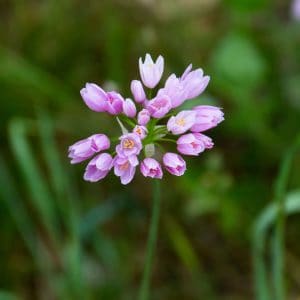 During the bulb’s dormant period, irrigation should be moderated, since it can rot due to excess moisture.
During the bulb’s dormant period, irrigation should be moderated, since it can rot due to excess moisture.
However, the substrate must be watered moderately and evenly so that it is moist. During active growth it is recommended to water the substrate once a week.
It must be ensured that it is free from waterlogging, as well as avoiding excessive humidity from the end of summer, when the pink garlic bulbs become inactive.
How to plant a pink garlic step by step?
Pink garlic can be grown easily from seed or bulbils in the fall, either in deep pots or in the ground. In fact, it is often cheaper to buy bulbs than full-grown plants.
The steps for each case are described below.
by seeds
- Place the seeds in a container 5 millimeters deep.
- Cover the seeds thinly with compost or sand.
- Keep the container in a cool and well-lit place, outdoors.
- Wait patiently. Many species only germinate in the spring, after having cooled or frozen over the winter.
- Transplant the seedlings into individual pots and wait for them to grow before planting them in the garden or open field.
by bulbs
- Locate a place where the pink garlic receives sunlight throughout the day.
- Place the bulbs with the pointed end up, at a depth equivalent to 2 to 3 times their diameter. If the bulb of pink garlic is 5 centimeters, it should be planted 15 centimeters deep and 7 to 20 centimeters apart.
- Water abundantly after planting so that the soil settles.
- It is advisable to fertilize the substrate after sowing.
What care does pink garlic need?
Pink garlic does not need maintenance, just apply the necessary fertilizer and irrigation. They re-sprout stems and flowers year after year with almost no maintenance.

After the flowering time has passed, it is recommended to keep the leaves so that the bulb is nourished and continues to grow stronger. Regarding pruning, the dry parts of the plant can be removed when the vegetative period is over.
What pests and diseases affect pink garlic?

Pink garlic is considered a highly resistant species to pests. However, it can be very affected by soils with excess moisture, since fungi can form at the base and roots of the plant.
References
- https://www.elblogdelatabla.com/2018/11/bulbos-flor-allium-cebolla-ajo-ornamental.html
- https://www.guiaverde.com/guia-de-plantas/allium-giganteum-2873/
- https://floramontiberica.files.wordpress.com/2017/09/guia_botanica_vall-de-gallinera_2017_web.pdf
- https://www.larousse.es/primer_capitulo/herbario-de-plantas-silvestres.pdf
- https://www.easytogrowbulbs.com/pages/allium-planting-guide
- https://www.miteco.gob.es/es/biodiversidad/temas/inventarios-nacionales/ict_2018_tomo3web_tcm30-448314.pdf
- https://ifood.tv/garlic/allium-roseum/about

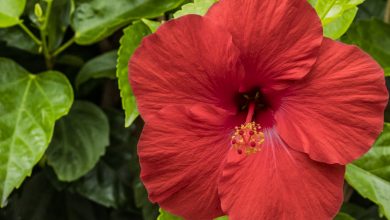


![Photo of Hackberry: [Cultivation, Irrigation, Care, Pests and Diseases]](https://www.complete-gardening.com/wp-content/uploads/2022/08/hackberry-cultivation-irrigation-care-pests-and-diseases-350x220.jpg)